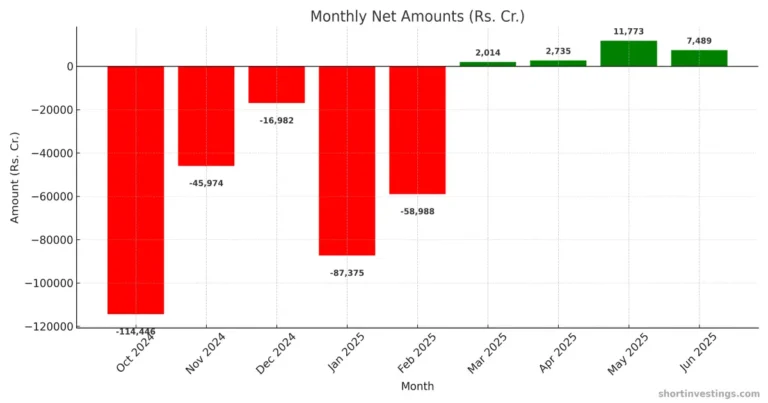
Former U.S. President Donald Trump is once again creating a significant global impact on the stock market. He recently announced—via a letter to Japan and South Korea, shared on Truth Social—that a 25% tariff will be imposed starting August 1, citing the failure to reach a trade agreement.
Japan’s Trade with the USA
According to 2024 data, the majority of Japan’s imports to the U.S. are chemicals, accounting for nearly $15 billion, followed by oil and gas at around $9.6 billion. Computers and electronic products, as well as transportation equipment, each contribute approximately $8.6 billion. Additionally, other export categories total about $5.84 billion.
Japan’s total exports to the U.S. amount to approximately $148 billion. Among these, transportation equipment leads with $57.1 billion. Other major exports include:
- Machinery (excluding electrical): $18 billion
- Computer and electronic products: $12.7 billion
- Electrical equipment, appliances, and components: $9.8 billion
Together, these categories contribute around $78 billion in trade volume.
Japan maintains a substantial trade surplus with the U.S., totaling $68 billion in 2024. This strong economic relationship positions Japan as one of the United States’ most critical trading partners globally, highlighting how essential the U.S. market is to Japan’s economy.
South Korea’s Trade with the USA
South Korea also enjoys a strong trade surplus with the U.S., amounting to nearly $66 billion. Out of a total merchandise trade of around $131 billion, South Korea’s major exports to the U.S. include:
- Transportation equipment: $46.3 billion
- Computer and electronic products: $20.03 billion
- Machinery (excluding electrical): $14.17 billion
- Chemicals: $12.79 billion
- Electrical equipment and appliances: $10.94 billion
The major U.S. exports to South Korea include:
- Oil and gas: $17 billion
- Chemicals: $8 billion
- Machinery (excluding electrical): $6.8 billion
- Computer and electronic products: $6.7 billion
- Transportation equipment: $6.3 billion
Trade Tensions and Market Impact
In a recent interview, U.S. Trade Secretary Scott Bessent mentioned that efforts are ongoing to conclude strong trade deals with multiple countries. These developments initially pushed markets higher. However, despite such announcements, the U.S. markets responded in a muted fashion. Asian markets are set to open tomorrow, and their reactions will provide further insight into how these developments may unfold.
Trump is also expected to send similar letters to other countries. This move appears to be a strategic tool used by the U.S. administration to accelerate negotiations and secure favorable trade terms. The goal is to frame these actions as part of a broader trade arrangement. However, this approach has not yielded success so far—after 90 days of negotiations with involved countries, no formal trade deals have been finalized. As a result, the situation remains speculative, with the letters and trade credits expected to be key discussion points in the coming days.
India’s Position and Risks
India could also be affected by these developments. Reports suggest that India is close to finalizing a mini trade agreement with the U.S. If successful, India stands to benefit significantly. However, failure to reach such a deal may expose India to similar reciprocal threats, as seen with Japan and South Korea.
Amid this turmoil, the situation could turn increasingly negative for the U.S. economy. The Federal Reserve is refraining from cutting interest rates due to the uncertainty surrounding tariff impacts. The Fed lacks clear signals from major U.S. trade partners, and the future of global trade remains uncertain. This uncertainty could hamper global economic growth, U.S. GDP, and inflation targets. That’s why the Fed is currently focused on analyzing economic data closely and is holding off on rate cuts, even as global rates continue to decline.
A key observation from past trade scenarios is that such tariff threats by the U.S. President are often strategic. Similar tactics were used at the beginning of trade negotiations with Mexico, Canada, and China. In those cases, tariffs were imposed temporarily and removed once talks made progress. This historical pattern may explain why the U.S. markets have not reacted strongly this time—investors may be expecting a similar resolution.



